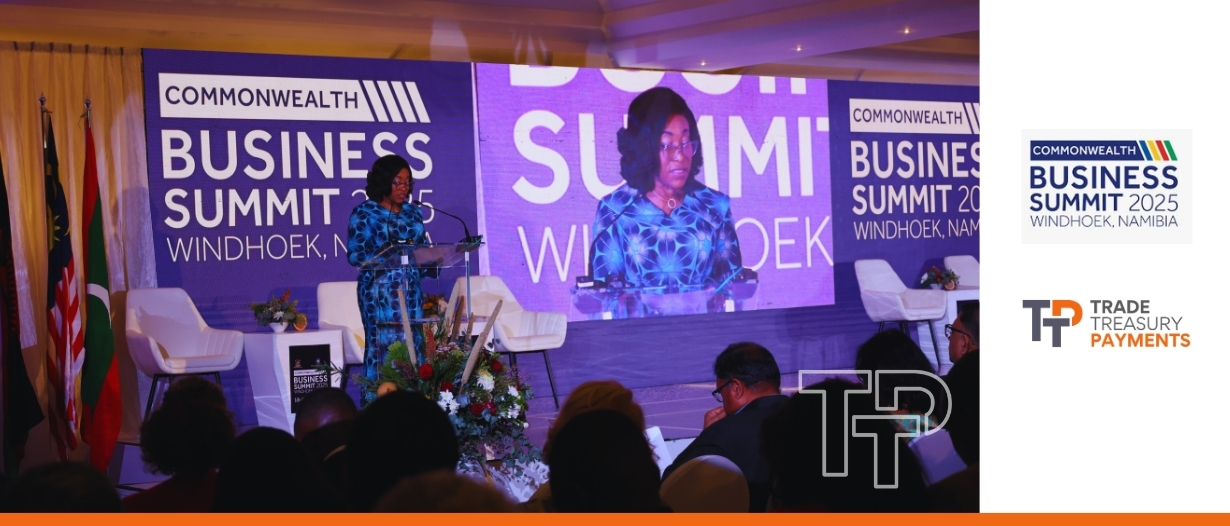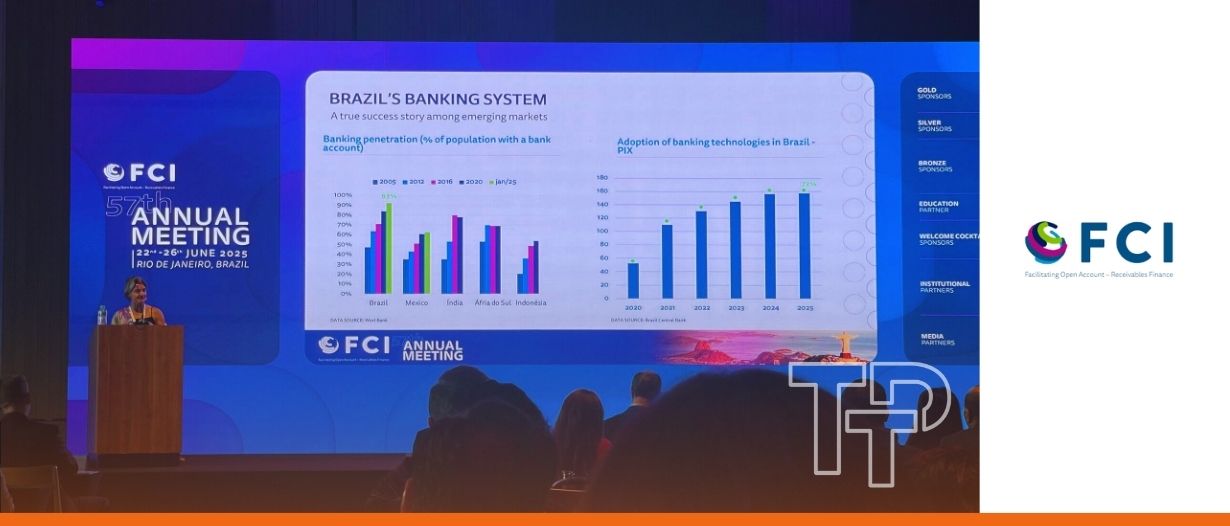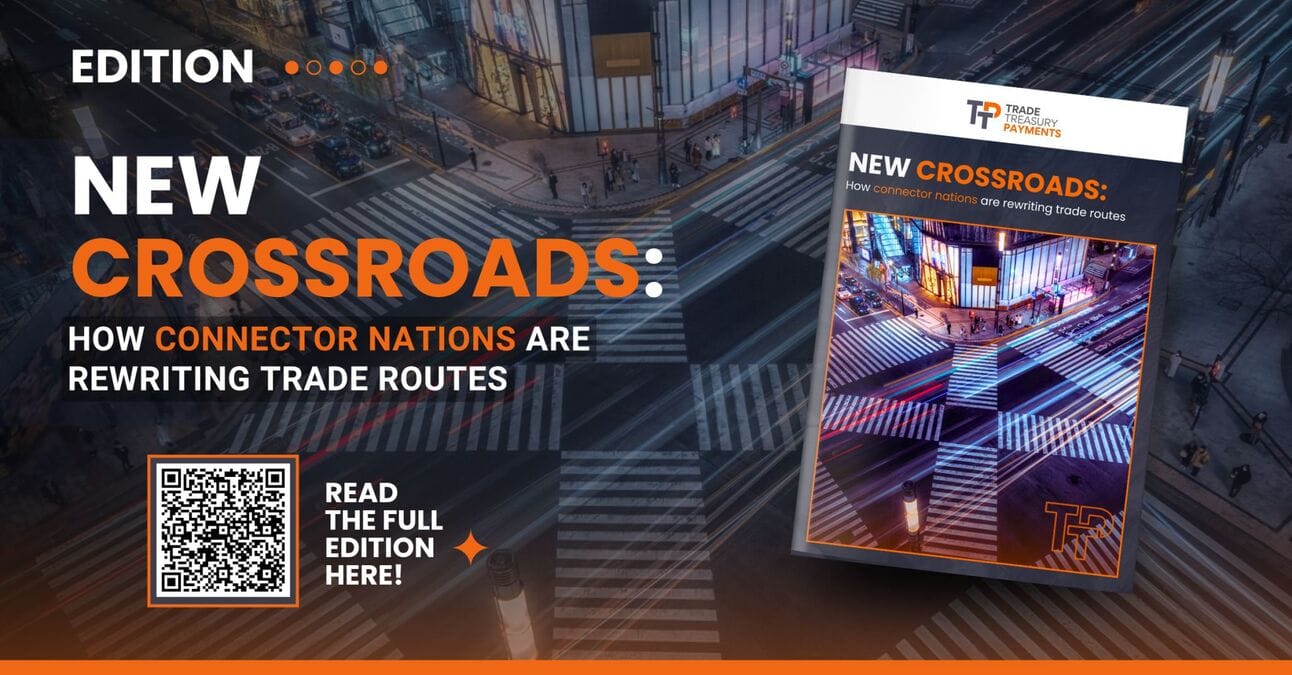- Trade Treasury Payments | The Liquidity Brief
- Posts
- Welcome to the TTP Liquidity Brief | Issue 11
Welcome to the TTP Liquidity Brief | Issue 11
Curb your Monday blues with our liquidity brief. The only newsletter in liquidity and risk management that you need to subscribe to. For the hustler, the CEO, the intern, the MD. Prepare for your week ahead, with the biggest voices, heavyweight leaders, and the meaningful conversations in trade, treasury, and payments. No spin, no bias, no gatekeeping—just honest, high-value insights.

🌟 Editor's note
Editor’s Note | Week of 30 June 2025
It’s been a whirlwind few weeks for the TTP team. From Tashkent to Windhoek to Rio, we’ve it’s nearly a wrap on the first leg of our 2025 emerging markets roadshow, and, in many ways, returned to where it all began.
When we launched Trade Treasury Payments earlier this year, our founding vision was simple: to build a platform that puts emerging and developing markets at the centre of the conversation on liquidity and risk management, where real economies benefit from increased access to working capital and more seamless cross-border B2B money and trade flows. That meant showing up, listening, and reporting from places too often sidelined by traditional finance media.
Over the past month, we’ve done just that.
In Uzbekistan, we explored critical raw materials, women-led trade, and the development of supply chain finance (in a first EBRD-ADB collaboration), as well as IFC, FCI and Central Bank of Uzbekistan. In Namibia, we covered the first-ever Commonwealth Trade Ministers Meeting on African soil, including exclusive interviews with Secretary-General Shirley Botchwey, as well as hearing from the Vice President of Namibia, and AfCFTA’s Secretary-General Wamkele Mene. And in Rio last week, we’ve been reporting on the 57th FCI Annual Meeting, as factoring volumes hit €3.66 trillion globally.
It’s been a productive run, and nearly the end of our conference series until after the summer break. But we’re not done just yet!
Back in London, we’re gearing up for the launch of the TTP Breakfast Club on 15 July, an invite-only editorial salon for senior decision-makers across trade, treasury and payments.
Meanwhile, this week’s headlines reveal a trade and treasury sector still deep in transformation.
In payments, Fiserv and PayPal announced plans to enable interoperability between their stablecoins, FIUSD and PYUSD. A new EDC study forecasts the global B2B payments market will grow to $137 trillion by 2027.
In treasury, Tradeweb introduced direct US Treasury bill trading on the ICD Portal, and in our latest Treasury Storyteller podcast, Bank of America’s Matthew Davies reflects on what “real-time treasury” really looks like, from digital infrastructure to talent and transformation.
Meanwhile, our spotlight this week is on the evolving role of trade finance as a bankable, investable and increasingly tradable asset class. From MRPAs and insurance-wrapped receivables to SCF syndication and balance sheet optimisation, we explore what the Tradeteq acquisition means for Silver Birch, and for the future of securitised trade flows.
And as our summer conference series enters its final stretch, the TTP editorial team is on the ground across four key markets this week: in Seville for ITFA’s Trade Finance COP and the UN’s 4th International Conference on Financing for Development; in Mexico City (virtually) as media partner for ICC’s Mexican Trade Finance Day; in Casablanca for ‘La Digitalisation du Trade Finance au Maroc’ with ICC, Casterman Advisory and EBRD; and in Rome for the SAP Treasury and Working Capital Management Conference.
Until next week — keep turning the tide.
— The Editors
Skip to your favourite part
Slow read
Trade finance has long been seen as the steady, under-the-radar cousin of corporate lending – predictable and asset-backed, yet rarely headline-grabbing. Over the past decade, however, it has started to evolve into a bankable, investable, and increasingly tradable asset class.
That evolution has largely come from infrastructure; more specifically, from a new ecosystem of players redesigning how trade credit gets originated, structured, and syndicated.
This is a story about the changing financial landscape of how capital flows into the real economy.
How banks deploy capital into trade
Let’s start with the traditional model. Banks have always been the backbone of trade finance. They provide working capital via letters of credit, receivables discounting, supply chain finance (SCF), and inventory-backed loans, most of which sit on their balance sheet, often they are short-term in nature, with an identified source of repayment.
But increasingly, those exposures are being structured and distributed in more capital-efficient ways. Think master risk participation agreements (MRPAs) that allow banks to offload risk and exposures while retaining the relationship, insurance-wrapped receivables that reduce capital charges under Basel, or SCF programmes where the bank advances early payment to suppliers based on buyer creditworthiness, then sells down the risk.
The goal is almost universally to optimise return on risk-weighted assets (RWA) or return on equity (RoE) and keep trade flowing, without overburdening the balance sheet.
Yet post-2008, that balance sheet has become a more expensive place to house anything that isn’t investment grade, standardised, and short-dated. Inventory finance, for example, attracts a 100% risk weight, even when backed by physical goods. With Basel 3.1 potentially pushing for higher capital requirements by implementing the output floor, banks are reassessing which trade assets to hold and which to originate and distribute.
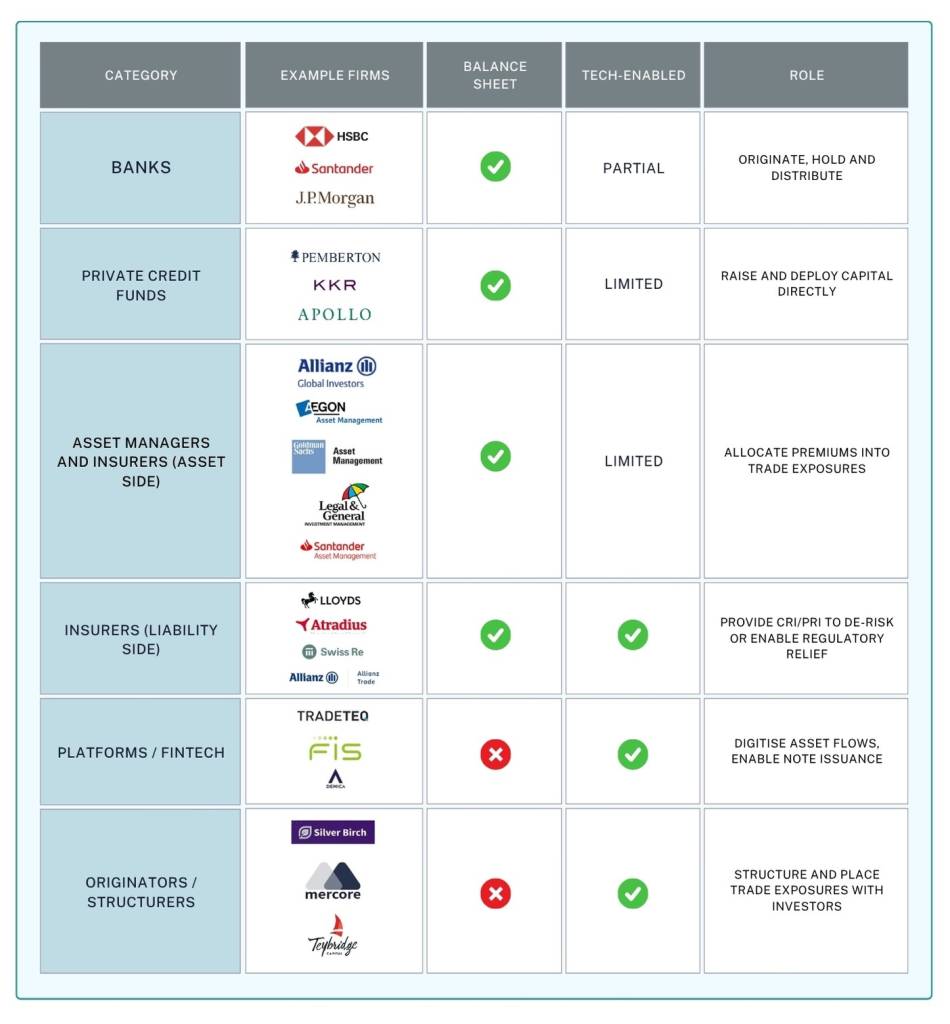
Photos of the week
 Factoring leaders gather in Rio at the FCI annual conference, where TTP hosted a factoring roundtable | 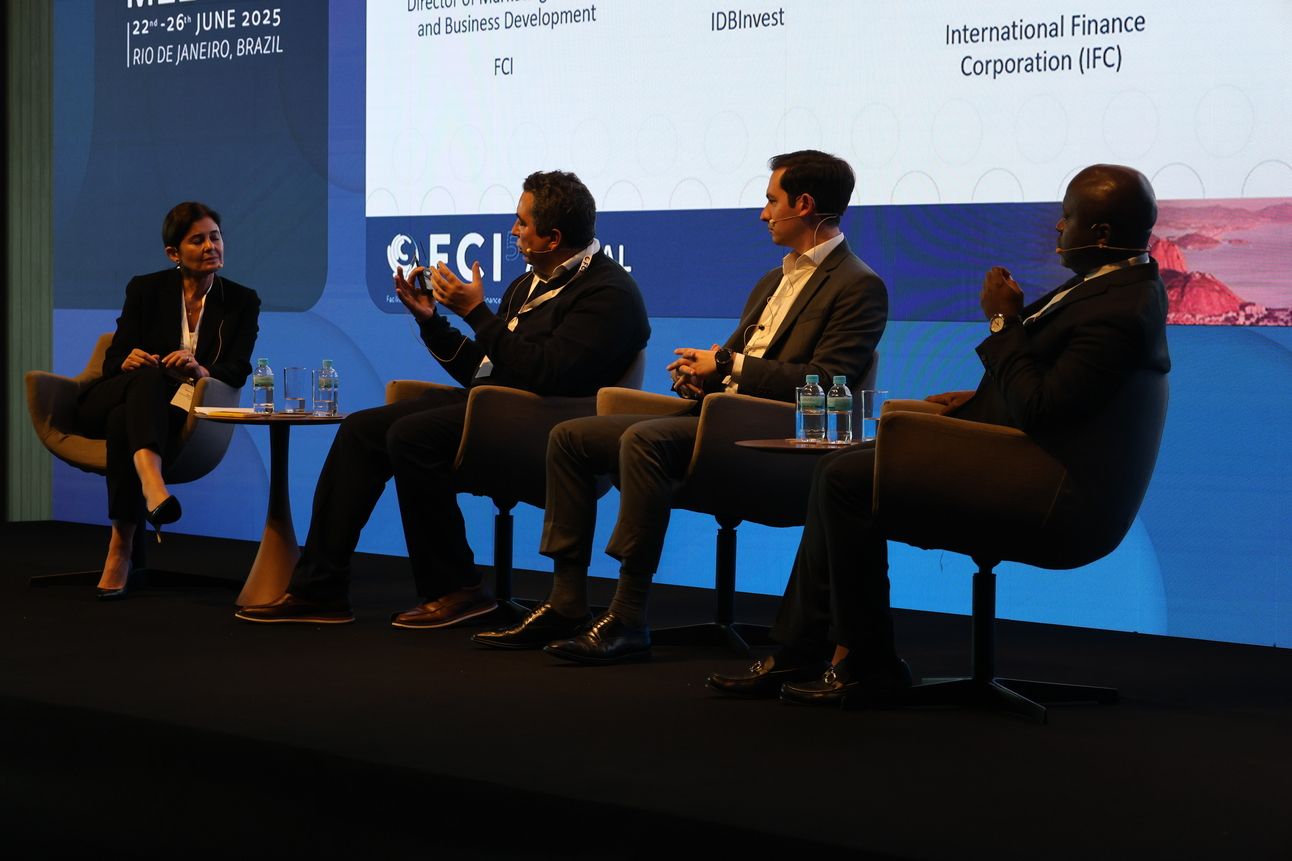 Our factoring ‘squaretable’ |
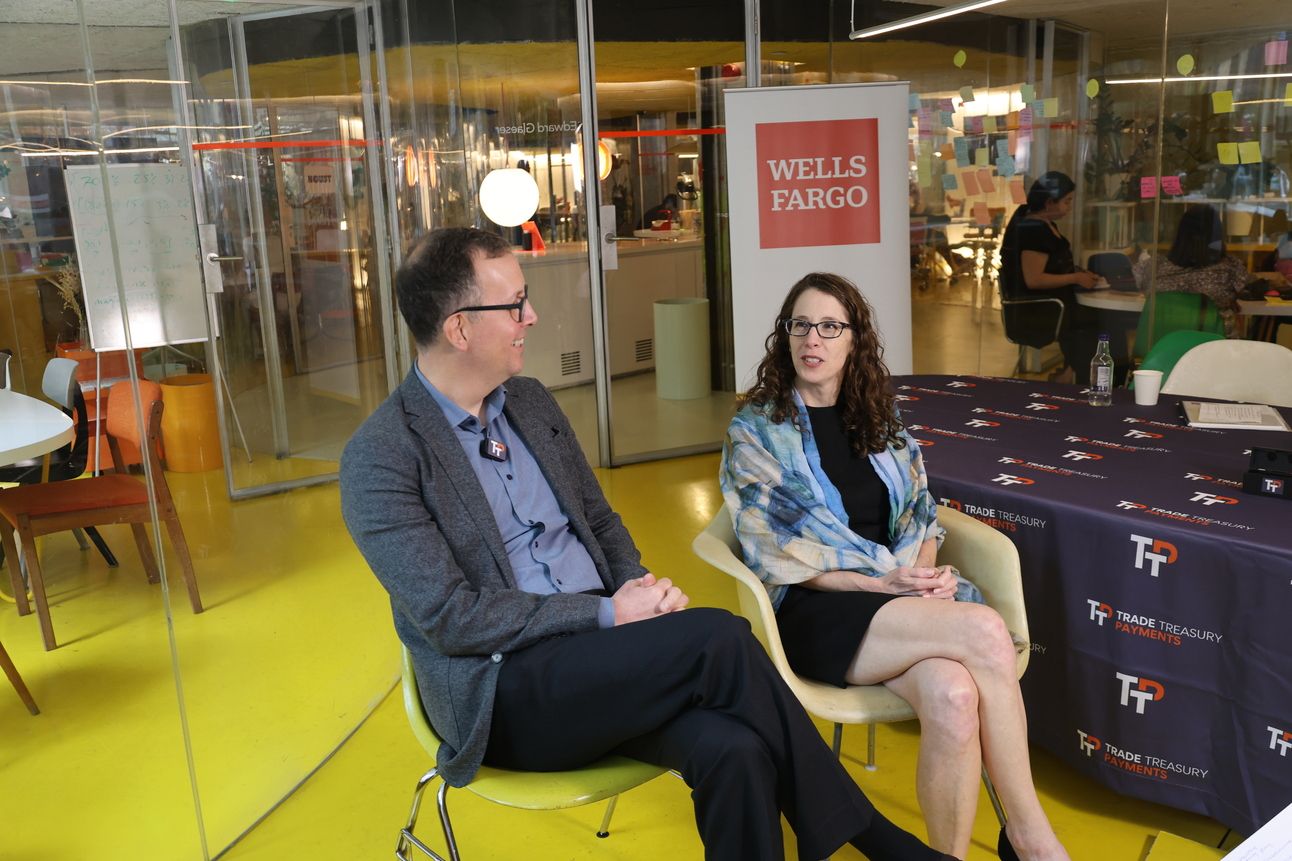 Wells Fargo Global Payments Co-Heads gather | 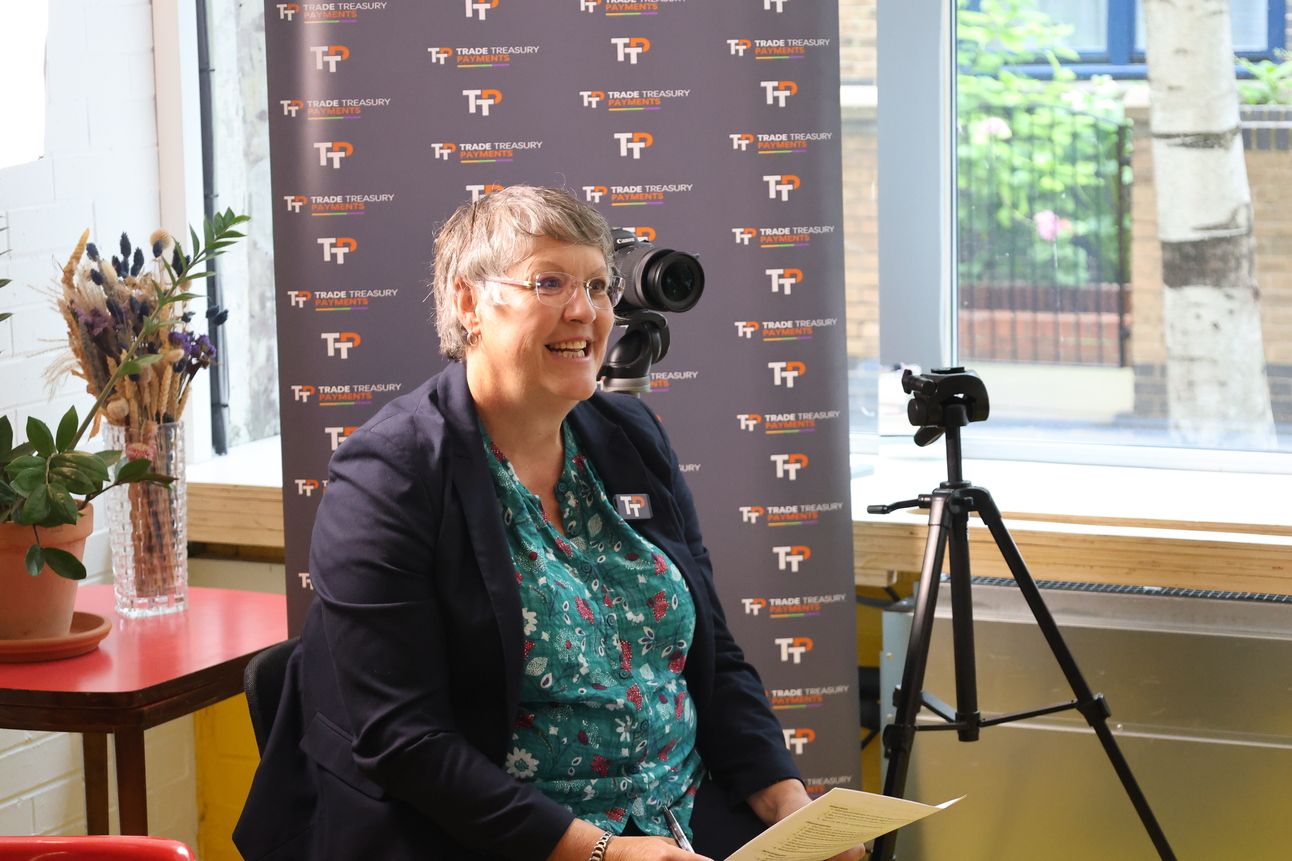 Joy Macknight interviews Wells Fargo |
Trade digest
Treasury & FX digest
Payments digest
🗓️ Upcoming events
Featured events by TTP
Partner events
ITFA TF COP ITFA’s Trade Finance Conference of the Parties (TF COP) on 3 July, in Sevilla.
| UN 4th International Conference on Financing for Development Sevilla will host the FFD4, to reform financing at all levels.
|
ICC Mexican Trade Finance Day
| ITFA Week Day 1
|
ITFA Week Day 2 and 3
| ITFA Annual Conference
|
ADB Annual Awards and Dinner
| SME Finance Forum
|
Sibos
| TTP Boat Cruise at Sibos
|
Multimedia from Trade Treasury Payments
Videos
Podcasts
Reels
Report - Out now!
🏆 Company Spotlight: Automation Boutique

Automation Boutique — Automation for Treasury, Risk and Finance.
Automation Boutique is a Dutch fintech with roots in corporate treasury and deep experience in tailored automation and TMS implementations. After years of building custom solutions for treasury teams, the company is now expanding with out-of-the-box solutions that solve a need they heard at many companies:
“Why can’t we just get this data into Excel or Power BI?”
Their answer: plug-and-play tools that make financial data accessible and actionable, without the need for complex integration.
Solutions:
The first solution, API Boutique, connects to premium bank APIs and delivers live balances and transactions directly into Excel and Power BI, along with automated alerts for key events like incoming payments or low balances.
The second solution, SFTP Boutique, simplifies the retrieval and distribution of structured financial files like CAMT, MT940, and CSV via SFTP. Users can schedule file transfers based on flexible criteria, then easily search, preview, and extract relevant data. Built-in parsers for standard formats let users locate specific transactions, trace them to their source file, and generate downloadable reports. It’s ideal for companies relying on file-based data exchange and looking to make that process smarter and more transparent.
Both solutions are actively developed based on direct input from customers, with new features continuously added based on real-world treasury use cases.
By combining these ready-to-use tools with tailored automation, Automation Boutique delivers a complete offering for automating treasury operations and helping teams shift focus to more strategic work.
Did You Know? Global B2B payments are forecast to hit $137 trillion by 2027, growing at 5% annually. That’s nearly six times the value of global trade, showing just how central payments infrastructure has become to the functioning of the real economy.
Till next time,





